When we think of nectar-sipping birds, hummingbirds immediately come to mind with their hovering flight and needle-like bills. However, nature has produced remarkable examples of convergent evolution, where unrelated species develop similar traits to exploit the same resources. Among these fascinating cases are the sunbirds and honeyeaters – birds that drink nectar like hummingbirds but evolved completely independently. These avian nectar specialists have developed remarkably similar feeding adaptations despite being separated by millions of years of evolution and thousands of miles geographically. Let’s explore these extraordinary birds that parallel hummingbirds in lifestyle but represent entirely different evolutionary lineages.
The Remarkable Sunbird Family
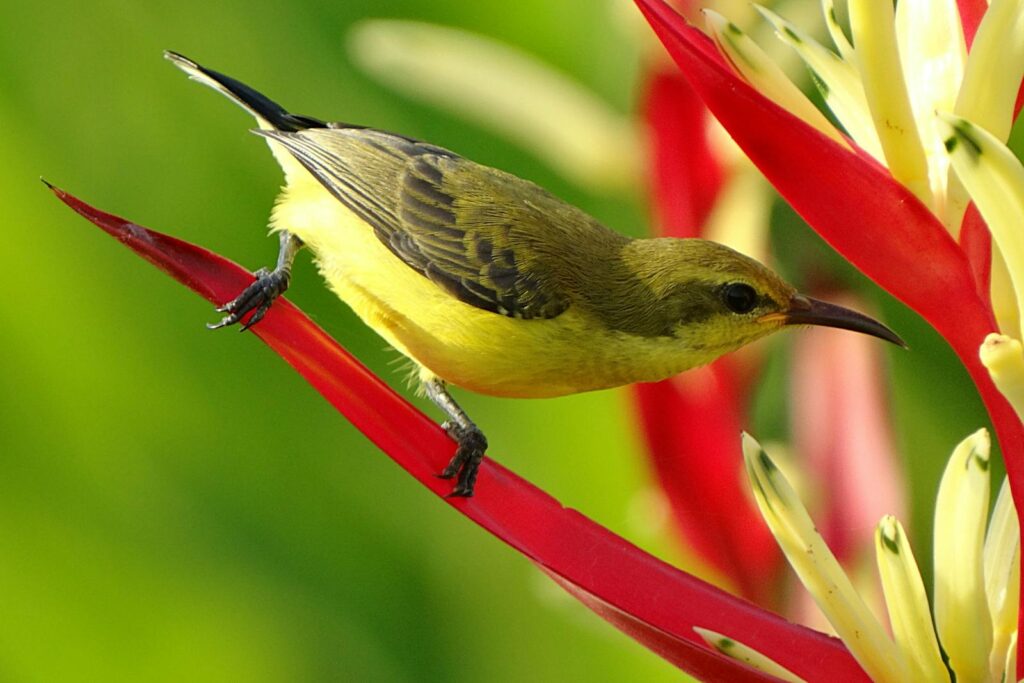
Sunbirds (family Nectariniidae) represent one of the most successful nectar-feeding bird groups outside the Americas. Found throughout Africa, Asia, and Australia, these small, often brilliantly colored birds fill ecological niches similar to hummingbirds. Unlike their American counterparts, sunbirds typically perch while feeding rather than hover, though they can hover briefly when necessary. Their slender, curved bills and brush-tipped tongues are perfectly adapted for extracting nectar from flowers, making them important pollinators in their native ecosystems. With approximately 145 species in the family, sunbirds display remarkable diversity in size, coloration, and habitat preferences.
Physical Characteristics of Sunbirds
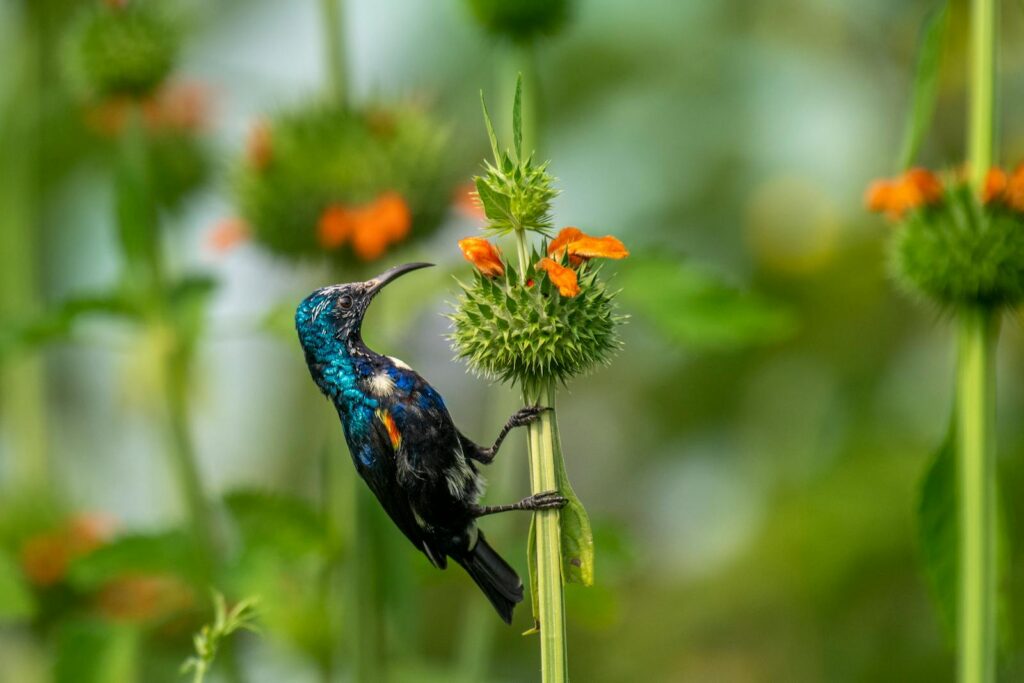
Sunbirds typically measure between 4-9 inches (10-23 cm) in length, making them slightly larger than most hummingbirds. Male sunbirds often display iridescent plumage in metallic blues, greens, and purples, while females tend toward more muted olive or grayish tones for better camouflage during nesting. Their most distinctive feature is their long, slender, downward-curved bill, perfectly shaped for probing deep into tubular flowers. Unlike hummingbirds’ straight bills, the sunbird’s curved bill allows it to access nectar from differently shaped blooms. Another key feature is their specialized tongue, which has a tubular tip that effectively draws up nectar through capillary action.
Honeyeaters: Australia’s Nectar Specialists
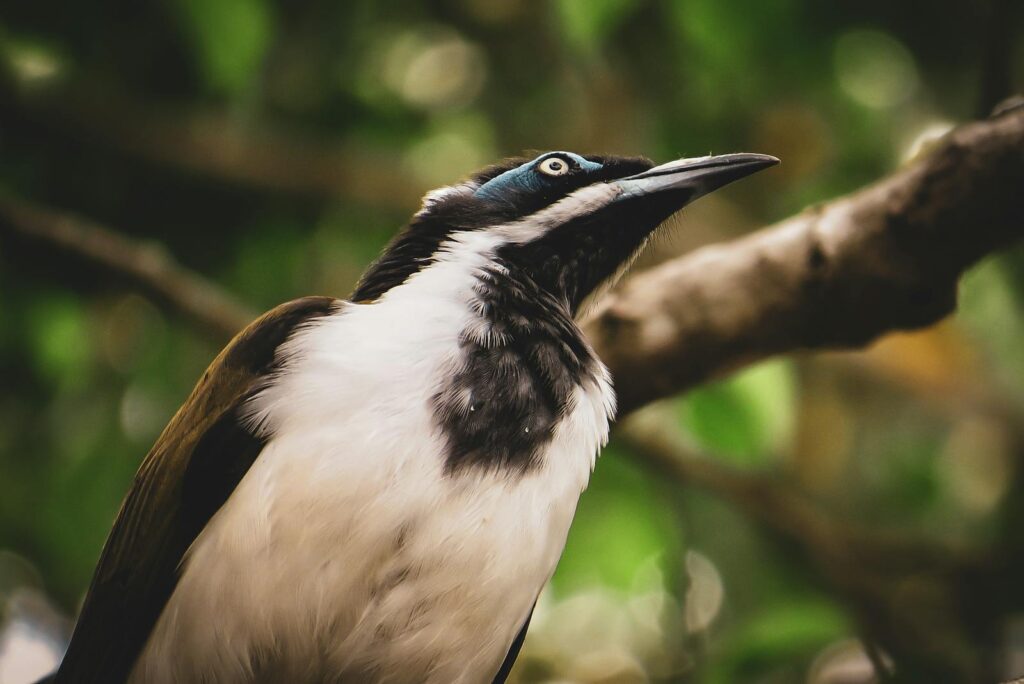
Honeyeaters (family Meliphagidae) comprise another remarkable group of nectar-feeding birds found primarily in Australia, New Guinea, and surrounding Pacific islands. With around 190 species, they represent one of the most diverse bird families in the Australasian region. These birds range from tiny 8-gram nectar specialists to larger, more omnivorous species weighing over 200 grams. Their defining characteristic is a specialized brush-tipped tongue that efficiently gathers nectar from a wide variety of native plants, particularly eucalyptus and bottlebrush. Many honeyeaters are crucial pollinators for endemic Australian flora, which have co-evolved with these birds over millions of years.
The Specialized Tongue Adaptation
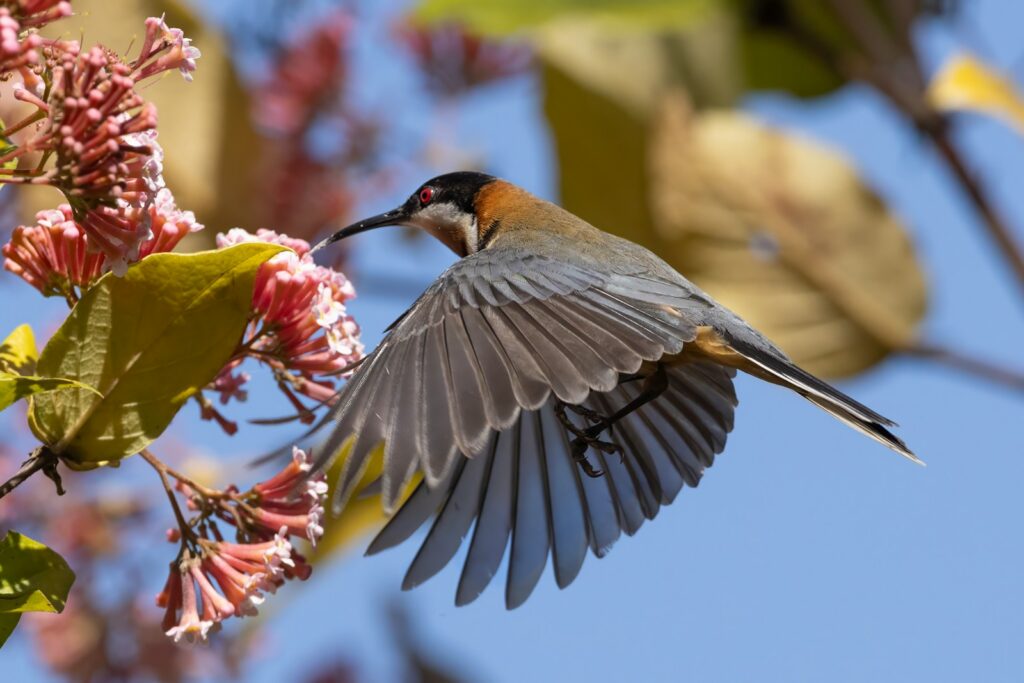
Perhaps the most fascinating adaptation in nectar-feeding birds is their specialized tongue structure, which evolved independently in hummingbirds, sunbirds, and honeyeaters. In honeyeaters, the tongue ends in a brush-like fringe that effectively soaks up nectar through capillary action. Sunbirds have developed a tubular, split-tipped tongue that similarly draws up nectar efficiently. These specialized tongues can extend well beyond the bill tip and rapidly collect nectar through a complex lapping mechanism. Research has shown that these birds can lap nectar at rates of up to 10 times per second, extracting maximum energy with minimal effort. This remarkable adaptation demonstrates how different evolutionary pathways can lead to similar solutions for the same ecological challenge.
Feeding Behavior Differences in Hummingbirds
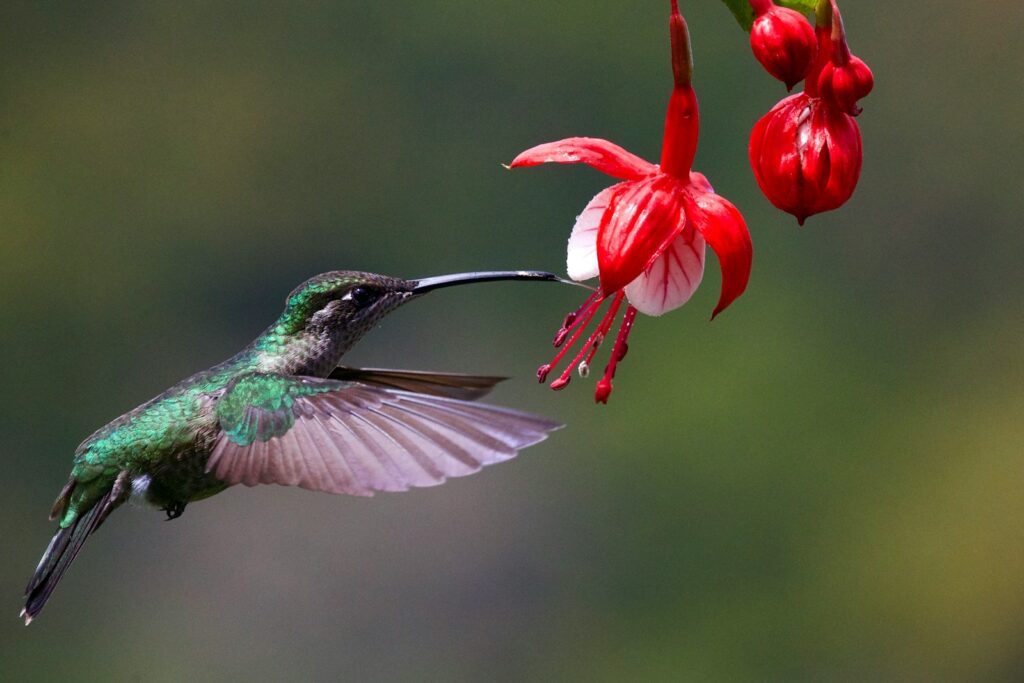
While sunbirds and honeyeaters feed on nectar like hummingbirds, their feeding behaviors differ significantly. Hummingbirds are renowned for their ability to hover in place while feeding, supported by specialized wing muscles and unique flight mechanics. In contrast, most sunbirds and honeyeaters typically perch on or near flowers while feeding, though they can hover briefly when necessary. This behavioral difference reflects their distinct evolutionary paths and wing structures. Sunbirds and honeyeaters also supplement their nectar diet more extensively with insects than most hummingbirds do, often actively hunting small arthropods among foliage. Their feeding territories and movement patterns also differ, with many honeyeaters being nomadic, following flowering events across large geographical areas.
The Spectacular Spiderhunter
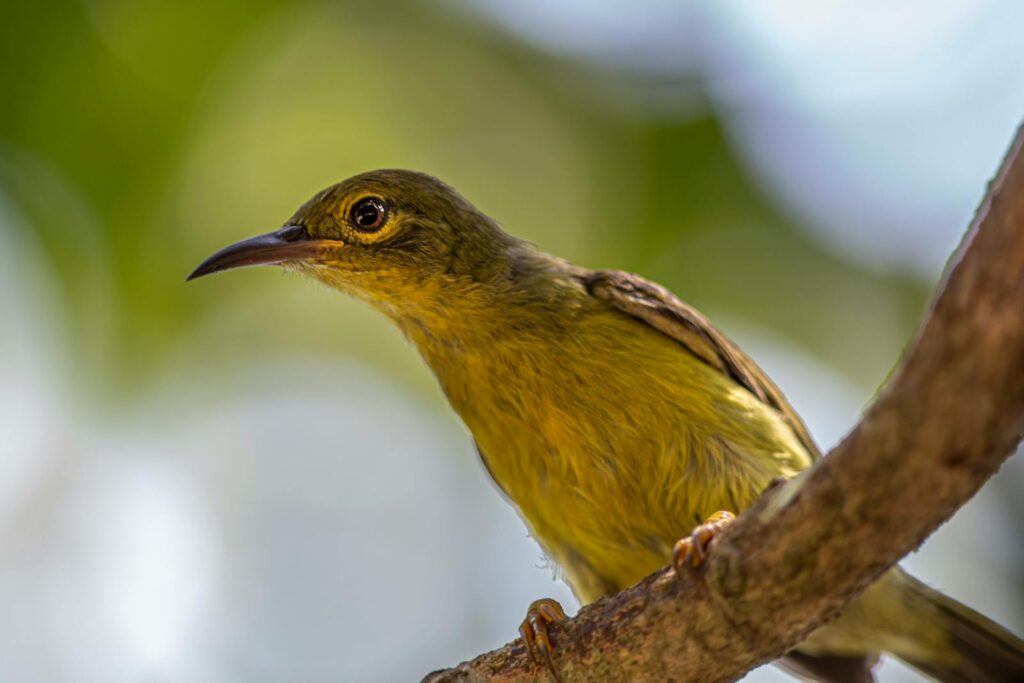
Among the most specialized nectar-feeders in the Old World are the spiderhunters (genus Arachnothera), a group of sunbirds with extraordinarily long, curved bills. Native to Southeast Asia, these remarkable birds have bills that can be nearly as long as their bodies, allowing them to access nectar from flowers with especially deep corollas. Despite their name, spiderhunters primarily feed on nectar, though they do supplement their diet with spiders and other arthropods. Their bills, which can reach two inches in length, represent one of the most extreme adaptations for nectar feeding outside of hummingbirds. These specialized birds have co-evolved with certain plant species like wild bananas and gingers, which depend on them for pollination.
Convergent Evolution in Action
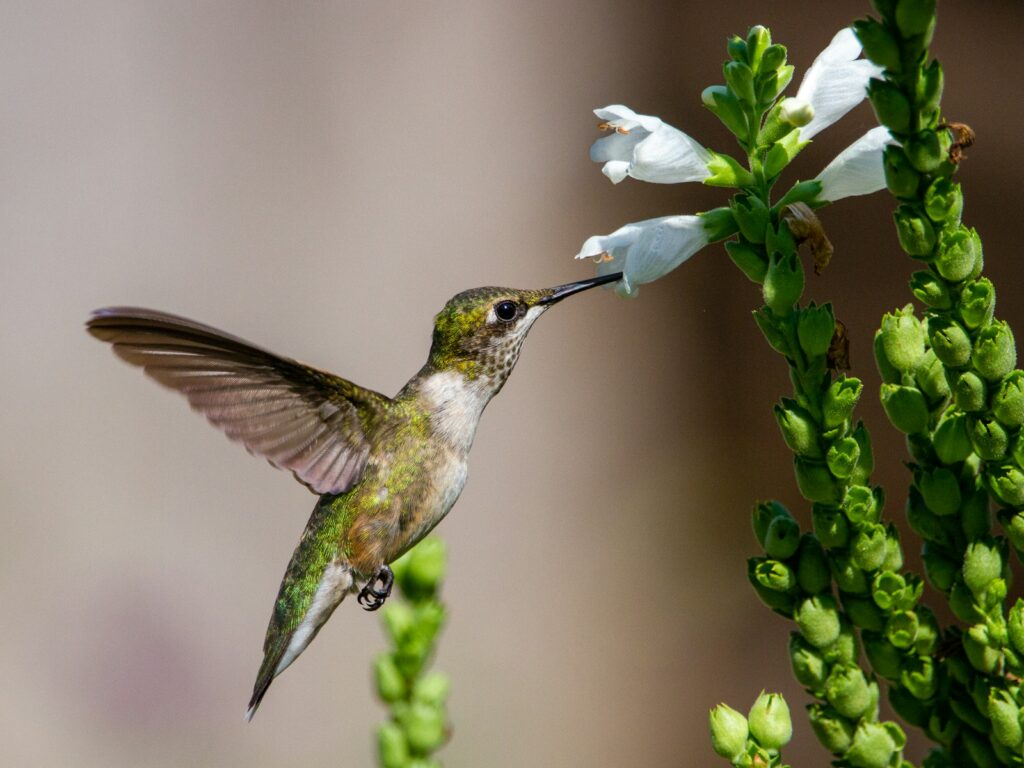
The similarities between hummingbirds, sunbirds, and honeyeaters provide one of biology’s most compelling examples of convergent evolution – when unrelated species develop similar traits in response to similar environmental pressures. These birds evolved on different continents, separated by vast oceans, yet independently developed specialized bills, tongues, and feeding behaviors to exploit nectar resources. This parallel evolution occurred because nectar represents a rich, reliable energy source that rewards specialized adaptations. Genetic studies confirm that these similarities arose independently rather than from a common nectar-feeding ancestor. These birds serve as living evidence that when similar ecological niches exist, evolution often finds comparable solutions, even in geographically isolated regions.
The Hawaiian Honeycreepers: A Tragic Example
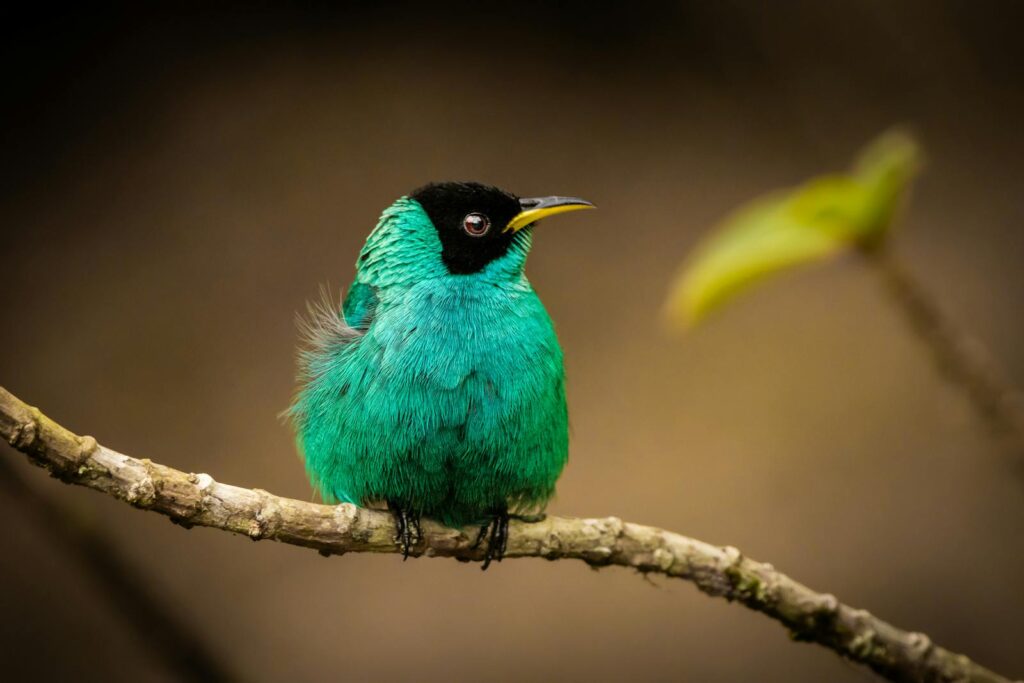
The Hawaiian honeycreepers represent another remarkable group of nectar-feeding birds that evolved in isolation on the Hawaiian archipelago. These birds, descended from finch-like ancestors, diversified into numerous species with specialized bills for various feeding strategies, including nectar feeding. Many developed long, curved bills and brush-tipped tongues strikingly similar to those of sunbirds, despite being more closely related to finches. Tragically, human colonization of Hawaii led to the introduction of avian diseases and habitat destruction that have driven many honeycreeper species to extinction. Of approximately 56 original species, only 17 remain, with several critically endangered, making them one of conservation’s most urgent priorities.
Ecological Importance as Pollinators
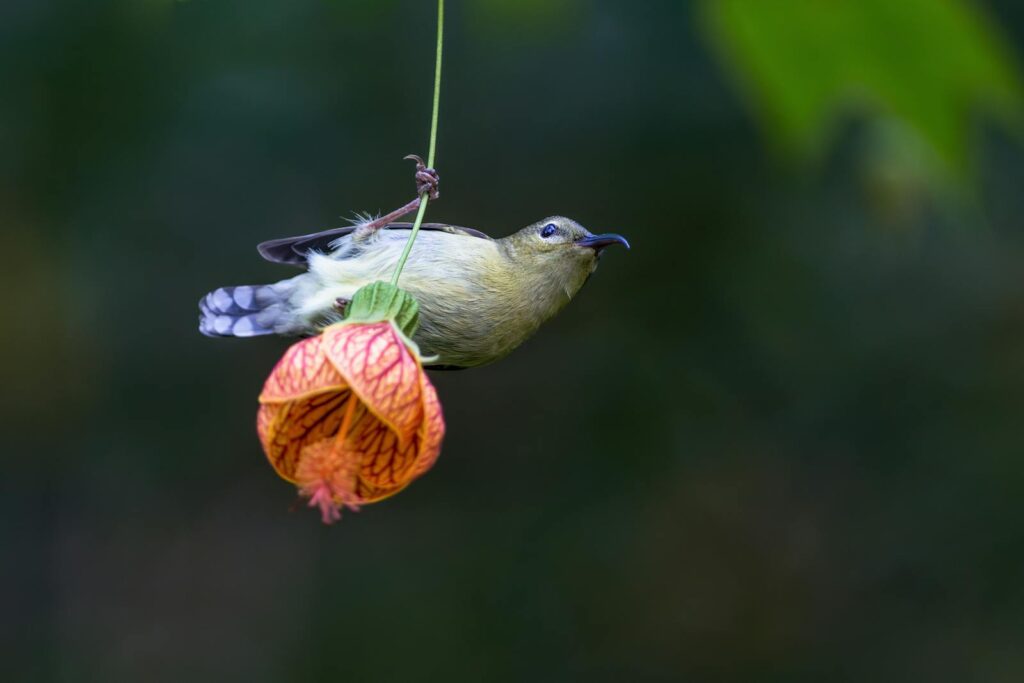
Like hummingbirds, sunbirds and honeyeaters serve as crucial pollinators in their native ecosystems, maintaining plant biodiversity and ecosystem health. Many plant species have co-evolved with these birds, developing tubular flowers with colors and shapes that attract their avian pollinators. In Australia, numerous plant species rely exclusively on honeyeaters for pollination, including many eucalyptus and banksia species. Similarly, across Africa and Asia, certain plants have evolved flowers specifically adapted to sunbird pollination. Without these specialized birds, many plant species would face reproductive failure and possible extinction. Climate change and habitat loss threaten these delicate mutualisms, as flowering times shift and bird populations decline.
The Energy Demands of Nectar Feeding
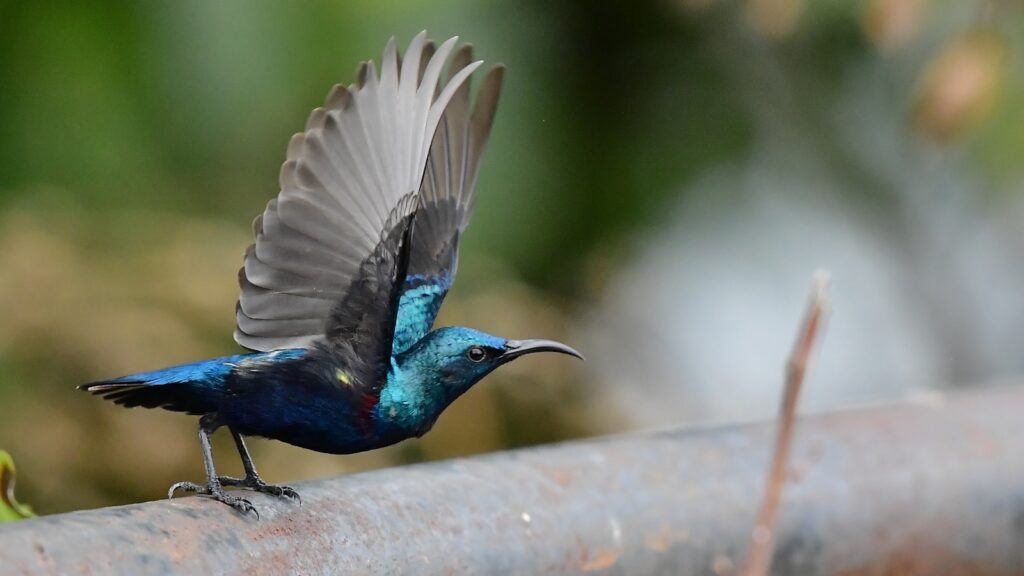
Nectar-feeding places extraordinary energy demands on birds, requiring specialized metabolic adaptations. While not as extreme as hummingbirds, which can consume more than their body weight in nectar daily, sunbirds and honeyeaters still require frequent feeding to maintain their high-energy lifestyle. Most sunbirds and honeyeaters complement their nectar diet with insects and spiders to obtain sufficient protein, especially during the breeding season. Some species have developed the ability to enter torpor—a state of reduced metabolic activity—during cold nights to conserve energy. Additionally, many nectar-feeding birds have adapted their breeding cycles to coincide with peak flowering periods, ensuring abundant food for raising their young.
Threats and Conservation Challenges
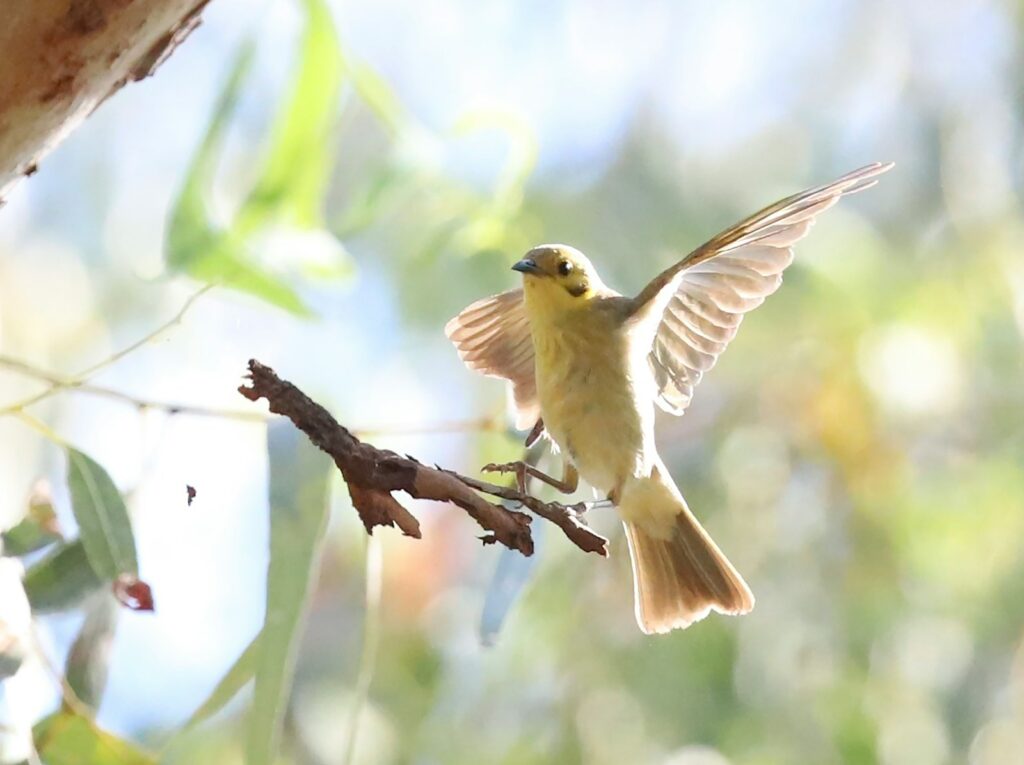
Nectar-feeding birds face numerous conservation challenges in the modern world. Habitat loss remains the primary threat, as urbanization and agricultural expansion destroy native flowering plants essential to their survival. Climate change poses additional risks by altering flowering periods and potentially creating mismatches between bird breeding cycles and nectar availability. In many regions, invasive plant species that don’t provide suitable nectar sources have replaced native flora. For island species like the Hawaiian honeycreepers, introduced diseases carried by mosquitoes have proven catastrophic. Conservation efforts focus on habitat protection, native plant restoration and in some cases, captive breeding programs for critically endangered species.
Backyard Conservation and Observation

For residents of regions where sunbirds or honeyeaters occur, attracting these magnificent birds to gardens provides both conservation benefits and birdwatching opportunities. Planting native flowering species that provide natural nectar sources creates important habitat corridors in urban and suburban environments. Unlike hummingbirds, which readily visit artificial feeders, most sunbirds and honeyeaters prefer natural nectar sources from flowers. Maintaining pesticide-free gardens helps ensure healthy insect populations that these birds depend on for protein. Photography enthusiasts particularly prize sunbirds for their brilliant iridescent plumage, which rivals hummingbirds in beauty and provides excellent subjects for nature photography.
Conclusion
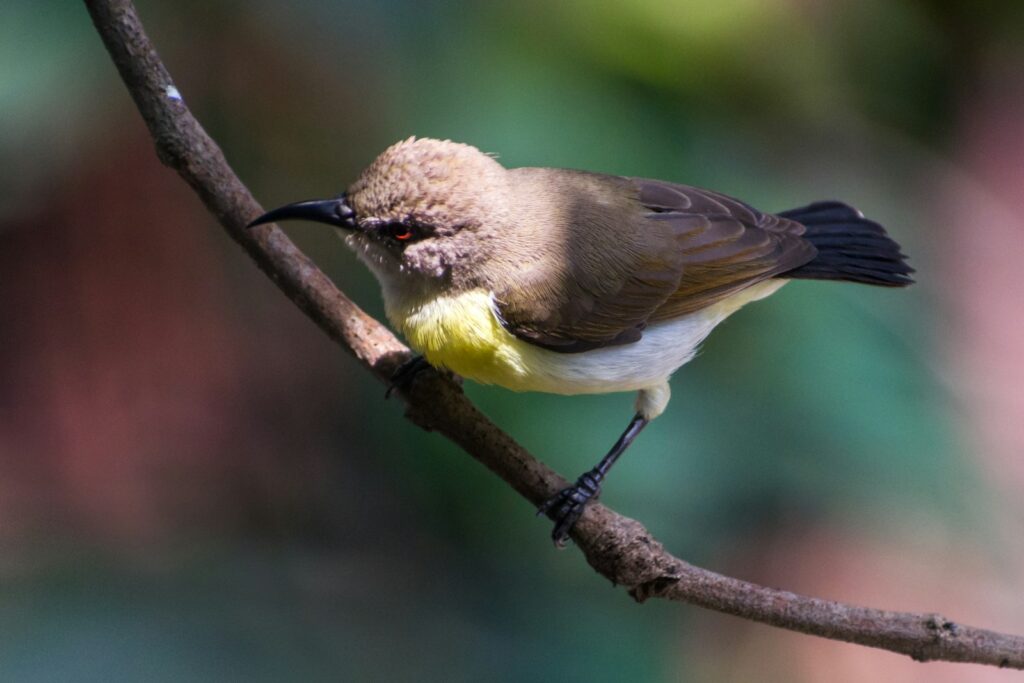
The world of nectar-feeding birds extends far beyond the familiar hummingbirds of the Americas. Sunbirds, honeyeaters, and other specialized nectarivores demonstrate nature’s remarkable ability to produce similar solutions to ecological challenges through entirely separate evolutionary pathways. These birds, with their specialized bills, tongues, and feeding behaviors, have developed intricate relationships with flowering plants across Africa, Asia, and Australasia. As we face growing environmental challenges, understanding and protecting these specialized birds and their habitats becomes increasingly important. These feathered nectar specialists remind us that even on different continents, evolution often converges on similar adaptations when presented with similar ecological opportunities.
